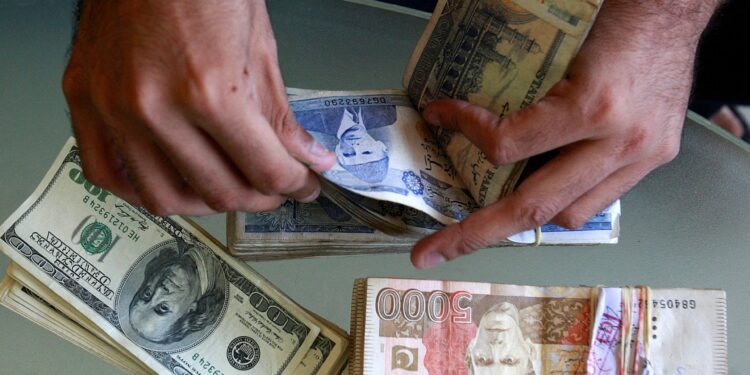The Pakistani Central Bank announced the rise in transfers of expatriates to a new record level of $ 4.1 billion during the month of March, in a strong indication of the recovery of the Pakistani economy after years of severe financial pressure, supported by a loan program from the International Monetary Fund.
The Pakistani Central Bank said in a statement issued today, Monday, that this number exceeded the previous record of $ 3.16 billion, which was recorded in June of last year.
Bloomberg stated that the Pakistani economy, which was on the lips of failure to pay in 2022, began to regain its balance thanks to a package of loans agreed with the International Monetary Fund, where it is expected that the country will soon receive a portion of $ 2.3 billion approved by the Fund last month.
The central bank added, in statements made to Bloomberg last December, that the government campaign to trade the dollar in the parallel market contributed to directing financial flows towards official banking channels, which strengthened the stability of the exchange market.
The bank pointed out that this economic stability has created a favorable environment for the continued high financial transfers from abroad, expecting that transfers will reach 38 billion dollars during the fiscal year ending in June, compared to previous expectations of 36 billion dollars.
The Business Recorder newspaper also quoted Central Bank Governor Jamil Ahmed, during his participation in an event on the Pakistan Stock Exchange today, Monday, as saying that the country’s foreign exchange reserves are expected to reach 14 billion dollars by June, compared to previous estimates at 13 billion dollars.
“The organizational changes that we made, in addition to restoring investor confidence, enhances the flow of money from expatriates through official channels,” Ahmed said.
It is noteworthy that the transfers of expatriates are a vital source of foreign currencies in Pakistan, and it plays a major role in supporting economic stability and reducing the current account deficit.



